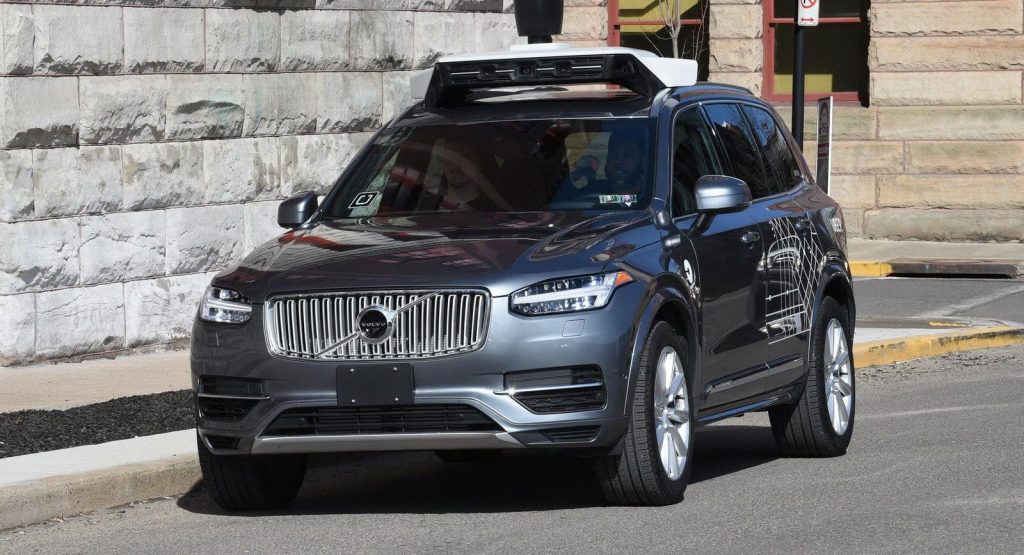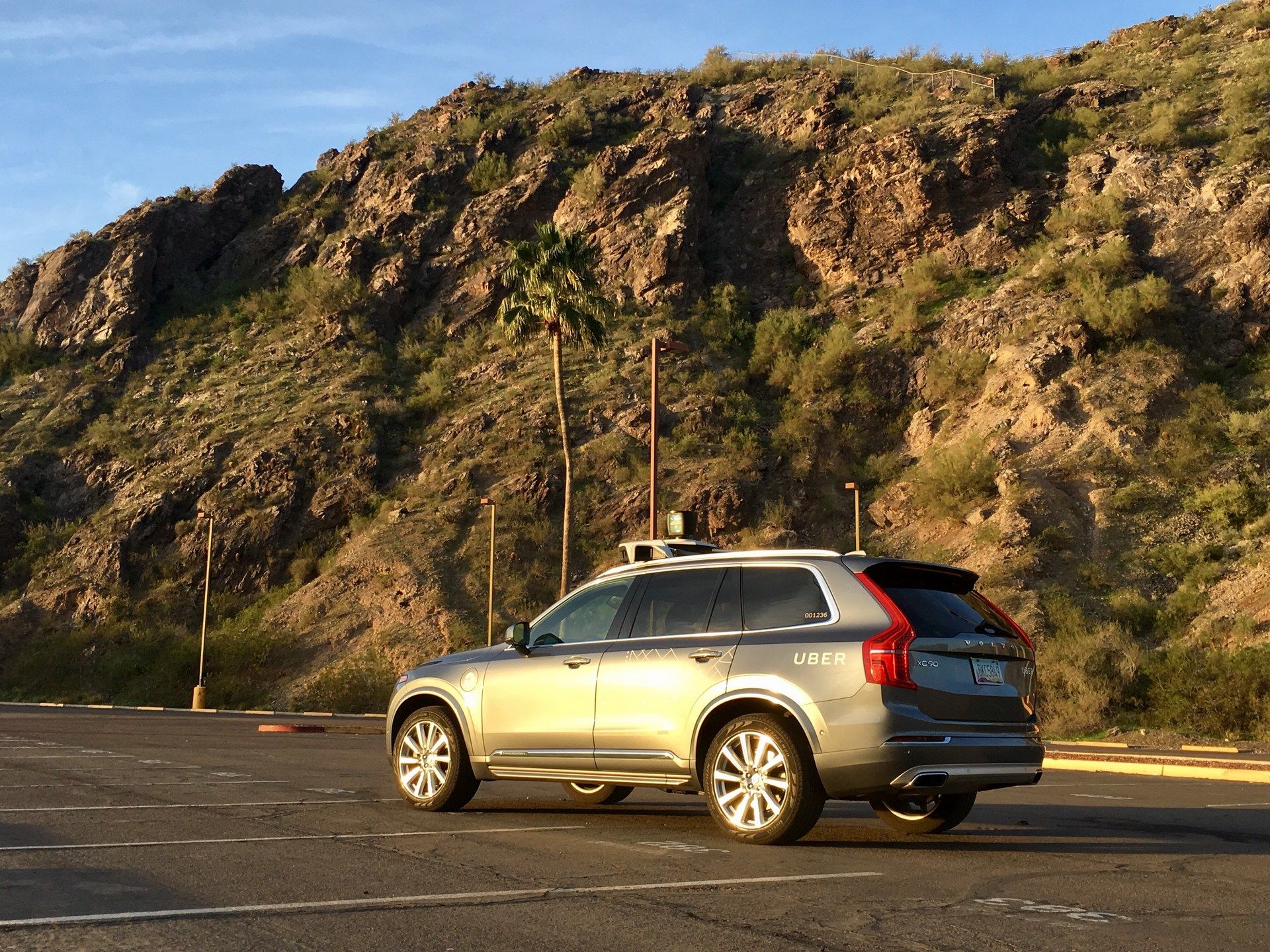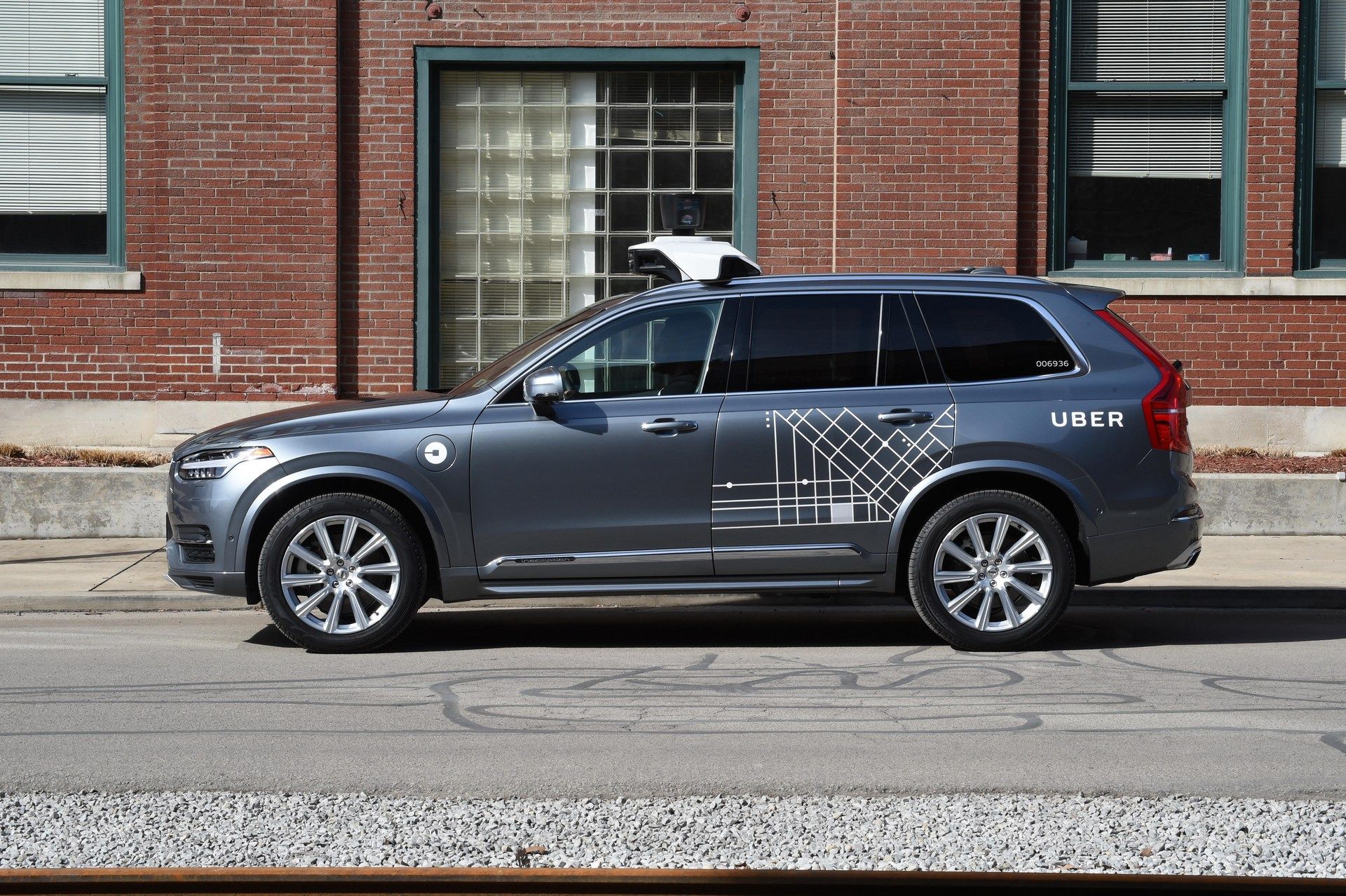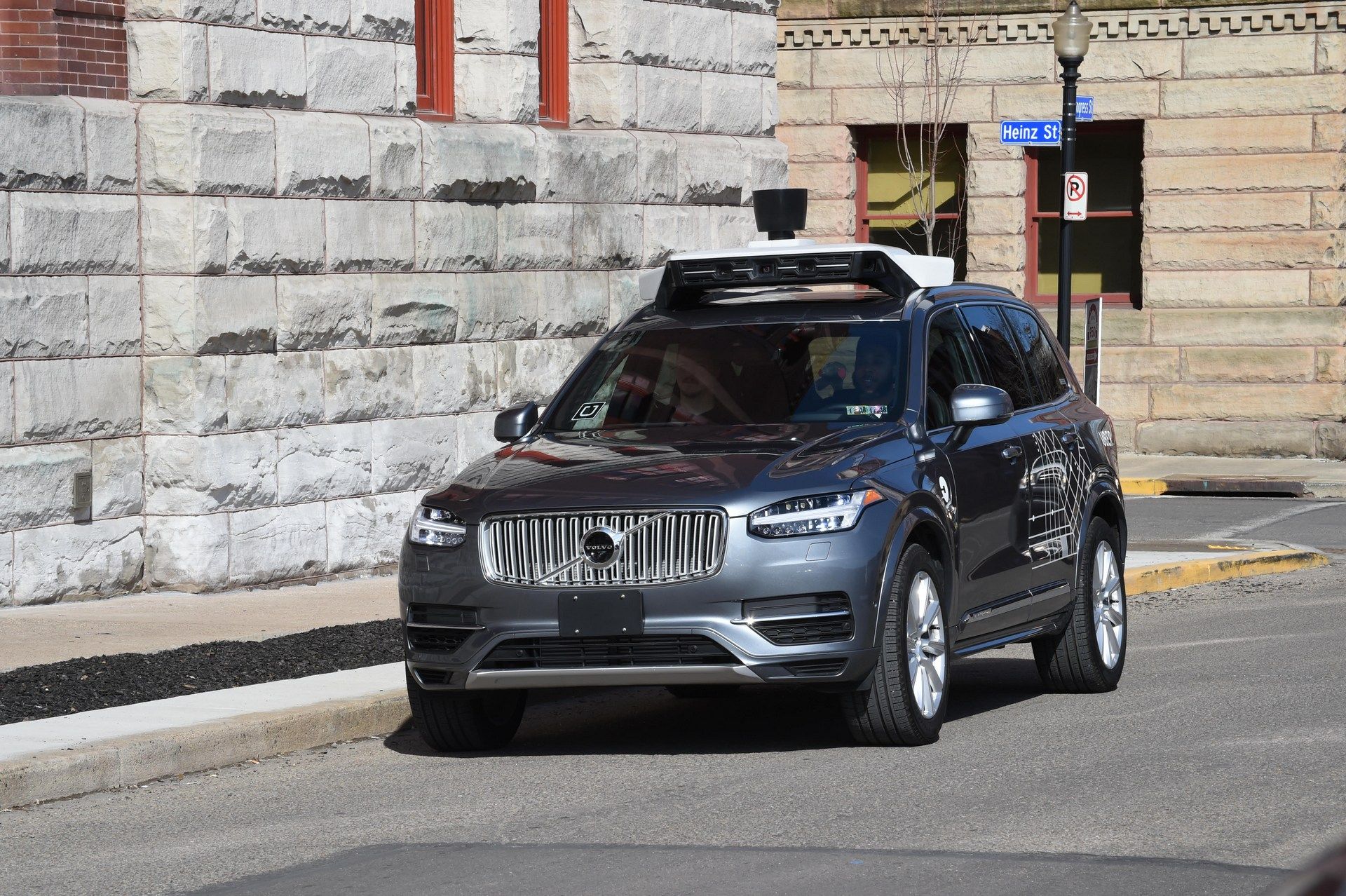Uber’s self-driving vehicle that struck and killed a pedestrian in Arizona back in March may have been able to avoid the crash had the ride-hailing company not disabled Volvo’s own safety systems.
In a recent report, the IIHS criticized Uber for turning off the XC90’s collision-avoidance tech, with the insurer group’s chief research officer David Zuby stating that the Swedish SUV could have prevented or mitigated the crash.
“I think it’s possible that, had the system been able to intervene, the fatality may not have occurred,” said Zuby in a phone interview with Automotive News.
“I would argue that if developers of self-driving technology really intend to make our roads safer, they had better make sure they have the best crash-avoidance systems in place before they go out on the road.”
In a preliminary report in May, the NTSB concluded that the vehicle’s sensors actually detected the female pedestrian, although according to Uber, the car’s automatic emergency braking maneuvers weren’t enabled so as to reduce the potential for “erratic vehicle behavior” while under computer control.
“Uber decided to forgo a safety net in its quest to teach an unproven computer-control system how to drive,” concluded Zuby in IIHS’ report.
The Arizona incident spurred Uber’s suspension of public road testing as far as its self-driving vehicles are concerned, raising questions regarding the company’s tech as well as its protocols when it comes to human backup drivers.
A recent report however has the ride-hailing giant resuming its autonomous vehicle tests in Pittsburgh, and possibly San Francisco, too, this month.










